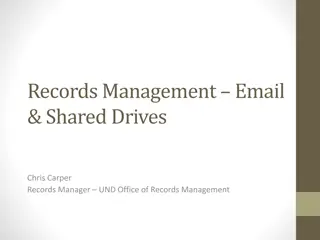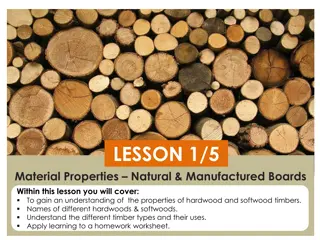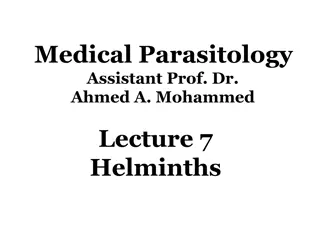The Fascinating Lifecycle of Bumblebees in February
Queen bumblebees emerge in February, starting their cycle of building nests, laying eggs, and nurturing their young. Learn about their underground burrows, feeding habits, and the crucial role of early spring flowers. Discover how protective measures can ensure a safe environment for these vital pollinators.
Download Presentation

Please find below an Image/Link to download the presentation.
The content on the website is provided AS IS for your information and personal use only. It may not be sold, licensed, or shared on other websites without obtaining consent from the author. Download presentation by click this link. If you encounter any issues during the download, it is possible that the publisher has removed the file from their server.
E N D
Presentation Transcript
February This month, queen bumblebees are beginning to wake up in their underground burrows. Learn about: the life cycle of a bumblebee. Common carder bumblebee nest Crocus flowers provide pollen for bumblebees in early spring 2. Inside the nest, the queen uses pollen and wax to build a mound to lay her eggs on. She then sits on her eggs to keep them warm. 3. After a few days, bumblebee larvae hatch from the eggs. The queen leaves the nest to gather nectar and pollen to feed the larvae. Two weeks later, each larva makes a cocoon. Two weeks after that, they leave the cocoon as adult worker bumblebees. 1. When queen bumblebees wake up, they look for early spring flowers to feed on nectar. Then, they start to look for a place to nest and have their young. Nesting spots could be in old mouse holes, long grass, holes in trees or empty bird boxes.
The life cycle of a bumblebee (continued) Buff-tailed bumblebee queen 6. The newly mated queens then feed on nectar and pollen, ready to spend the winter in an underground burrow. The rest of the bumblebees die as the weather begins to get colder, and the cycle continues from the beginning again. 4. The adult worker bumblebees are all female. They collect pollen and nectar to feed the next set of larvae. The queen stays in the nest laying eggs, which hatch to become more worker bumblebees. 5. In mid-summer, the eggs hatch into new queens and male bees. The male bumblebees and new queens fly away from the nest to feed and look for mates.
Learning activity: protect early spring flowers as a food source for bees. Look out for plants beginning to emerge after winter, such as snowdrops and crocus. 1. Can you spot the plants starting to come up through the soil? 2. You could protect the plants so that people don't accidentally stand on them by making a fence with sticks. 3. Why not make some signs to keep the plants safe for the bees to come and feed on them? Spring flowers starting to come up through the soil
Home | Cocoon Some insects form a sort of bag or envelope around themselves, called a cocoon, while they change from a larva into an adult insect.
Home | Larva (Larvae is plural) The active young stage of an insect, usually referring to those insects that go through a stage where the larva looks very different to the adult e.g. caterpillar (larva) and butterfly (adult).
Home | Nectar Sweet liquid produced in flowers.
Home | Pollen Dust-like grains, produced by the male parts of the flower.
Home | Queen A single female bee in a colony that can produce young bees which are usually looked after by other female worker bees.
Home | Mates Breeding partners.
Home | Mated When a queen bumblebee has partnered with a male bumblebee to breed.

















































